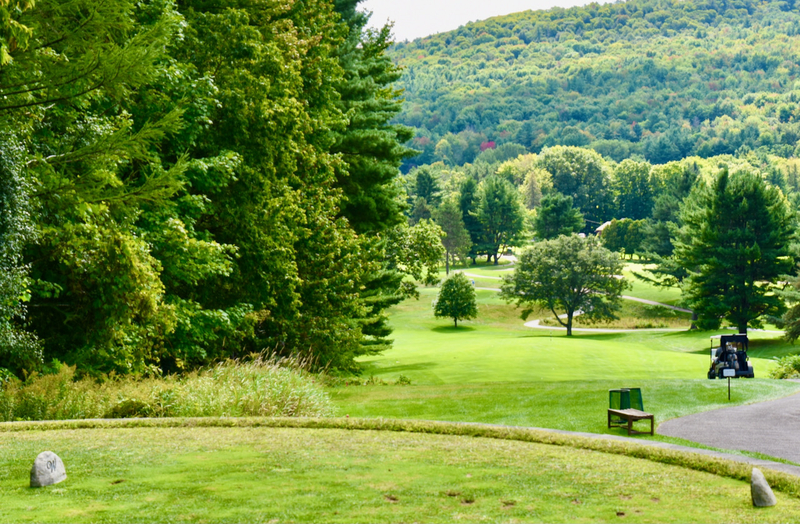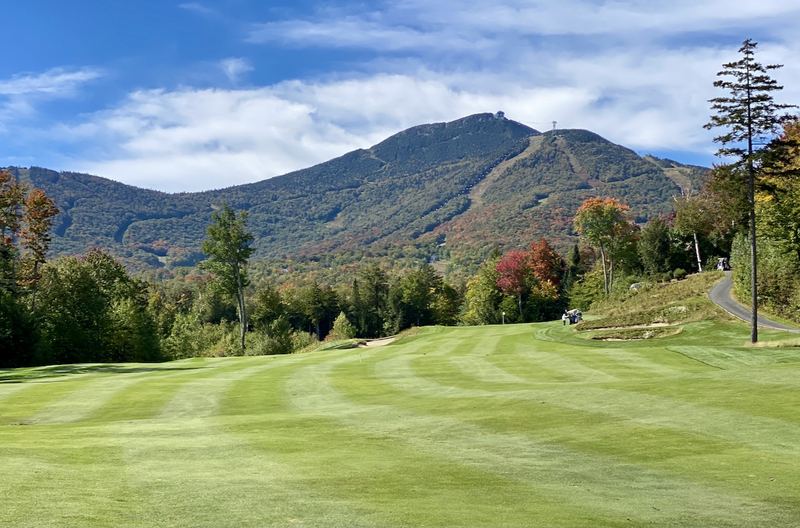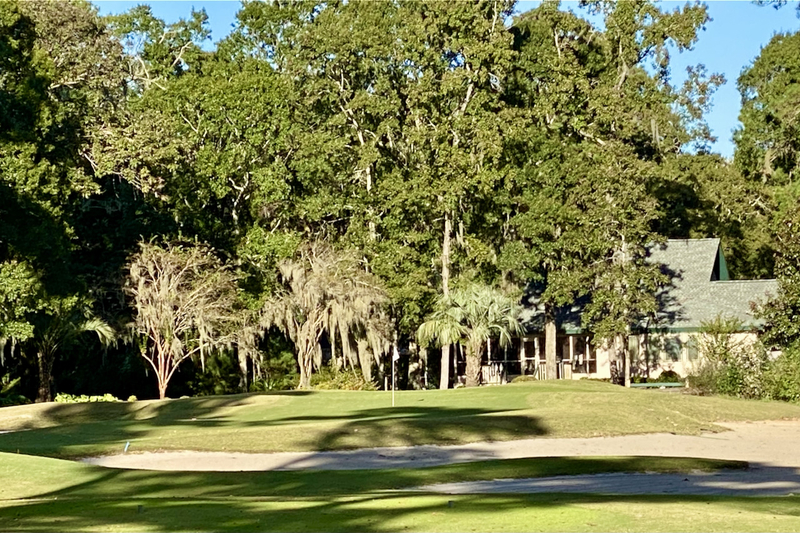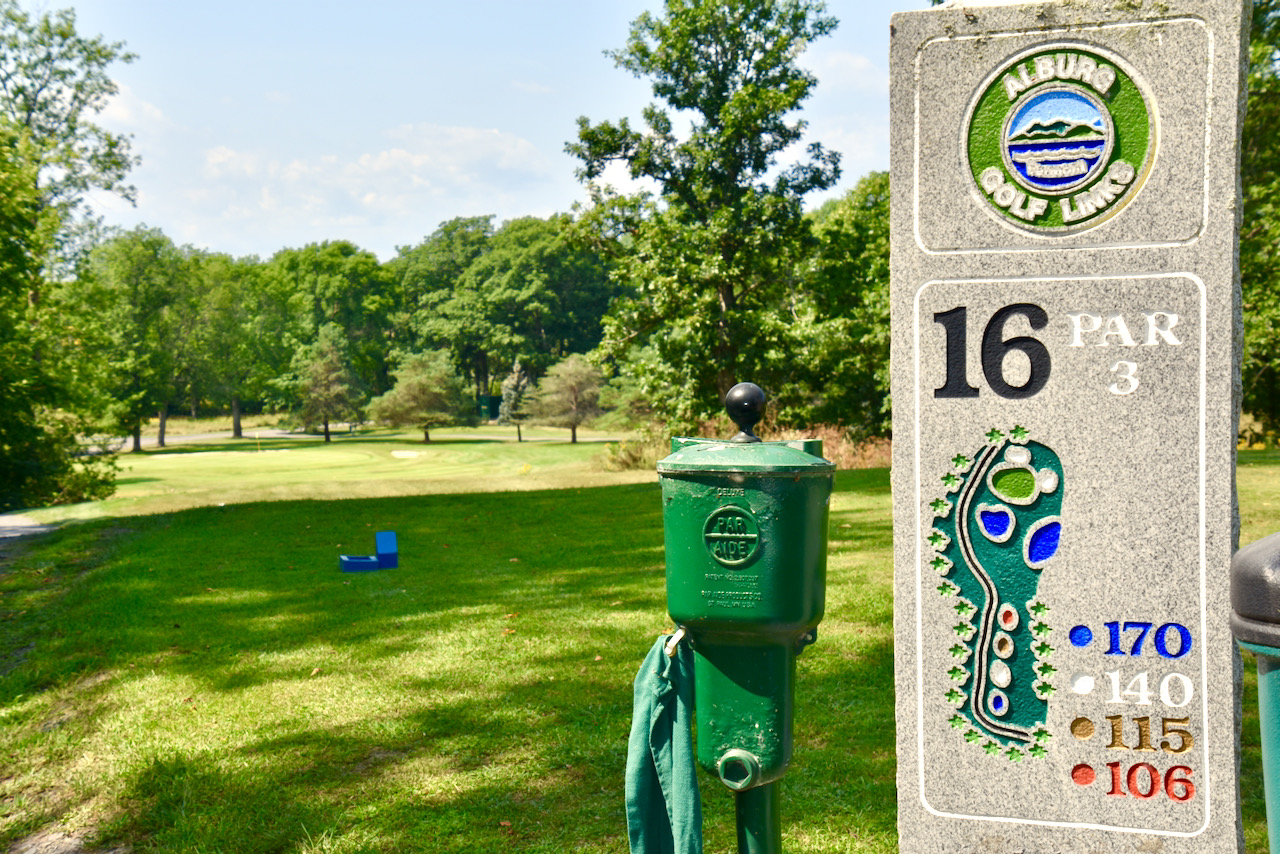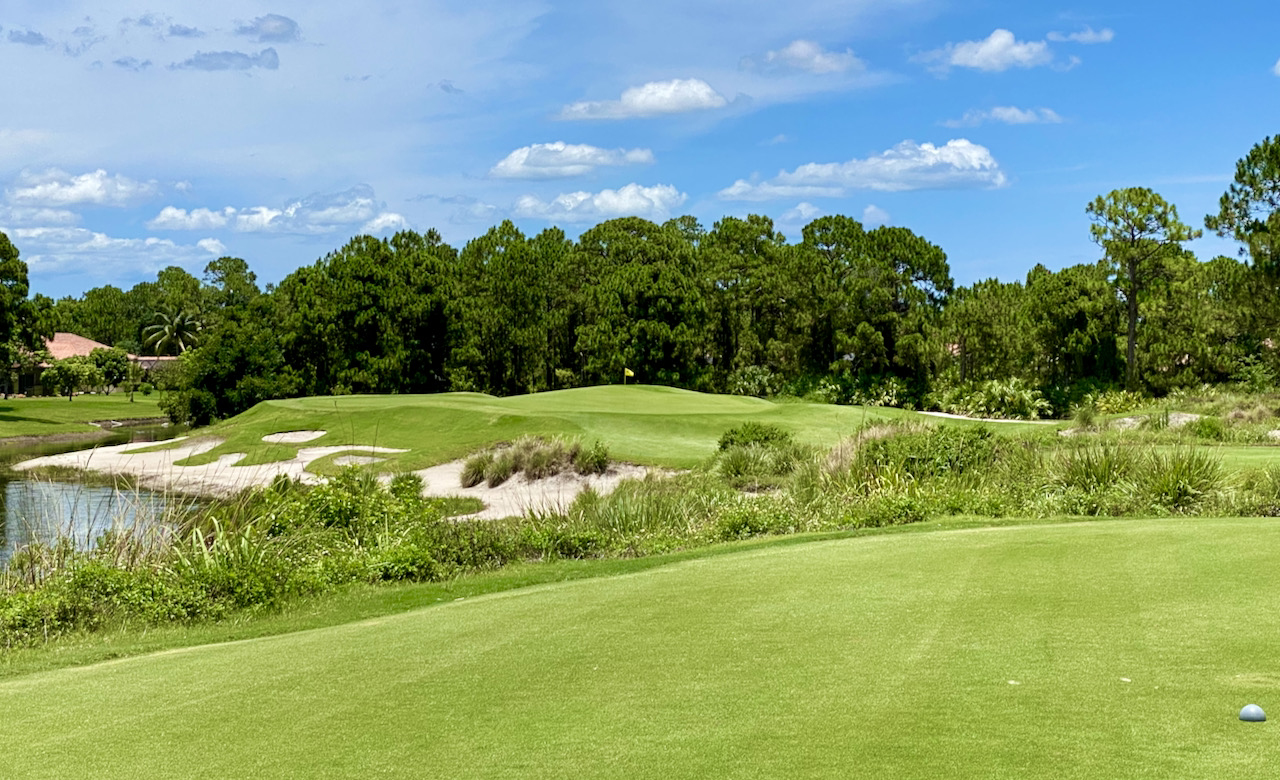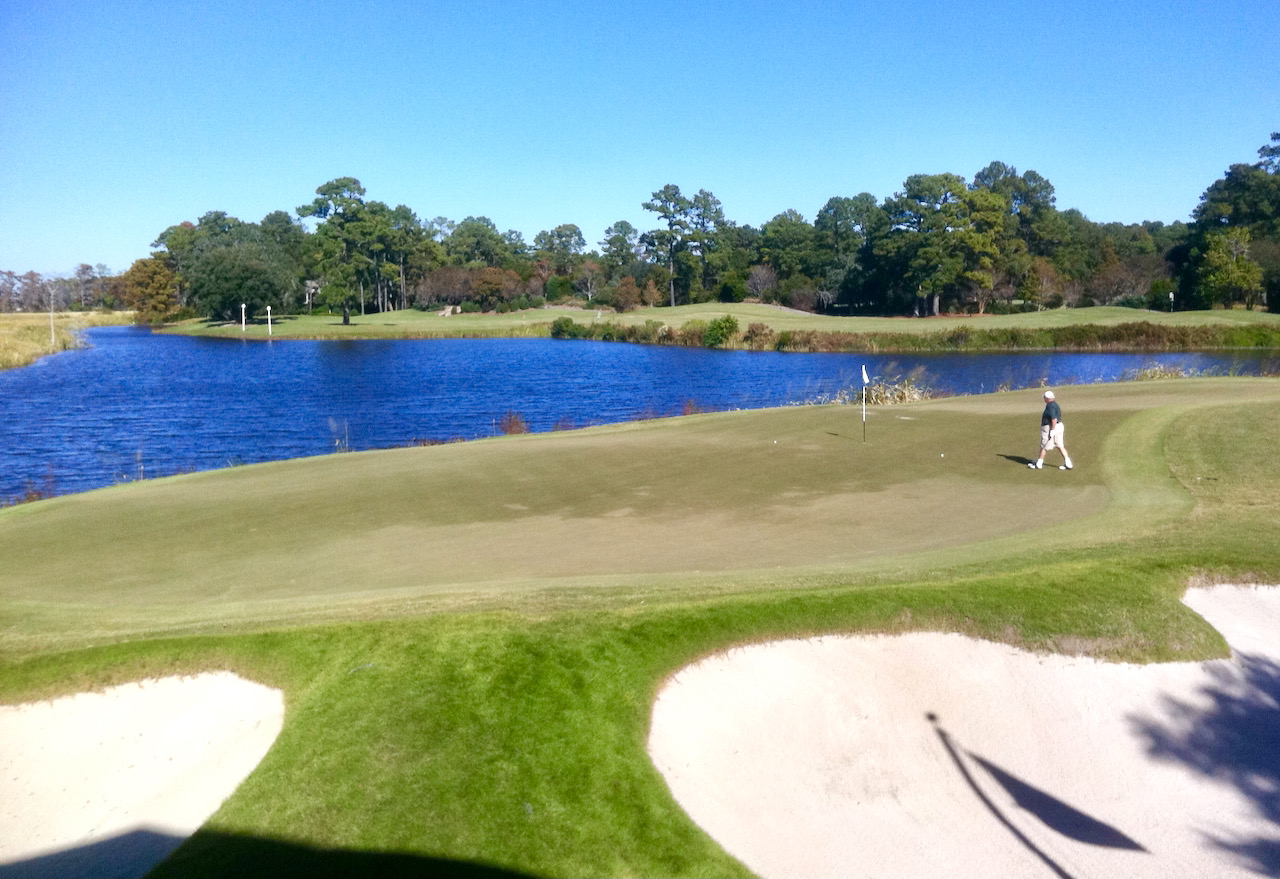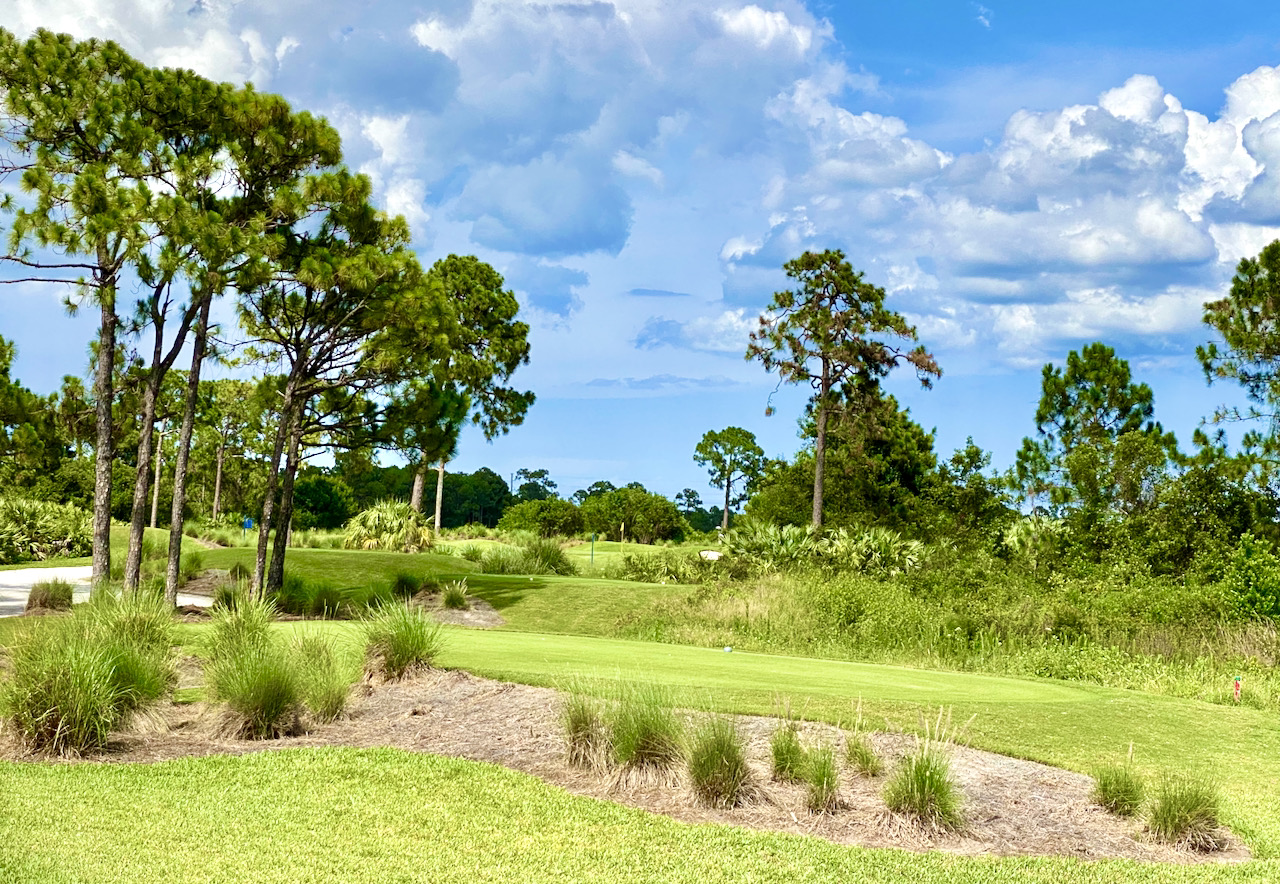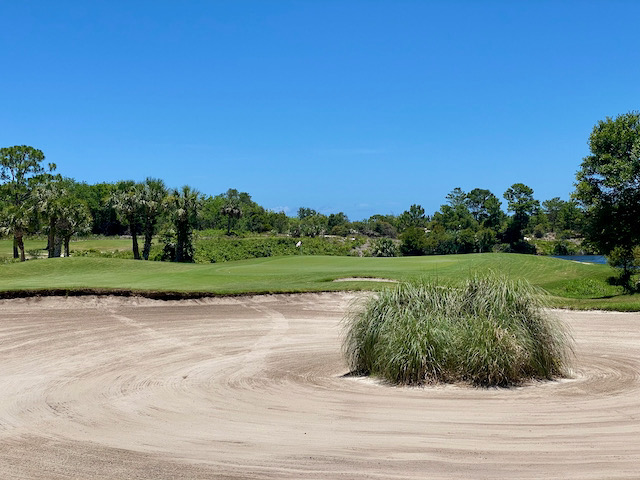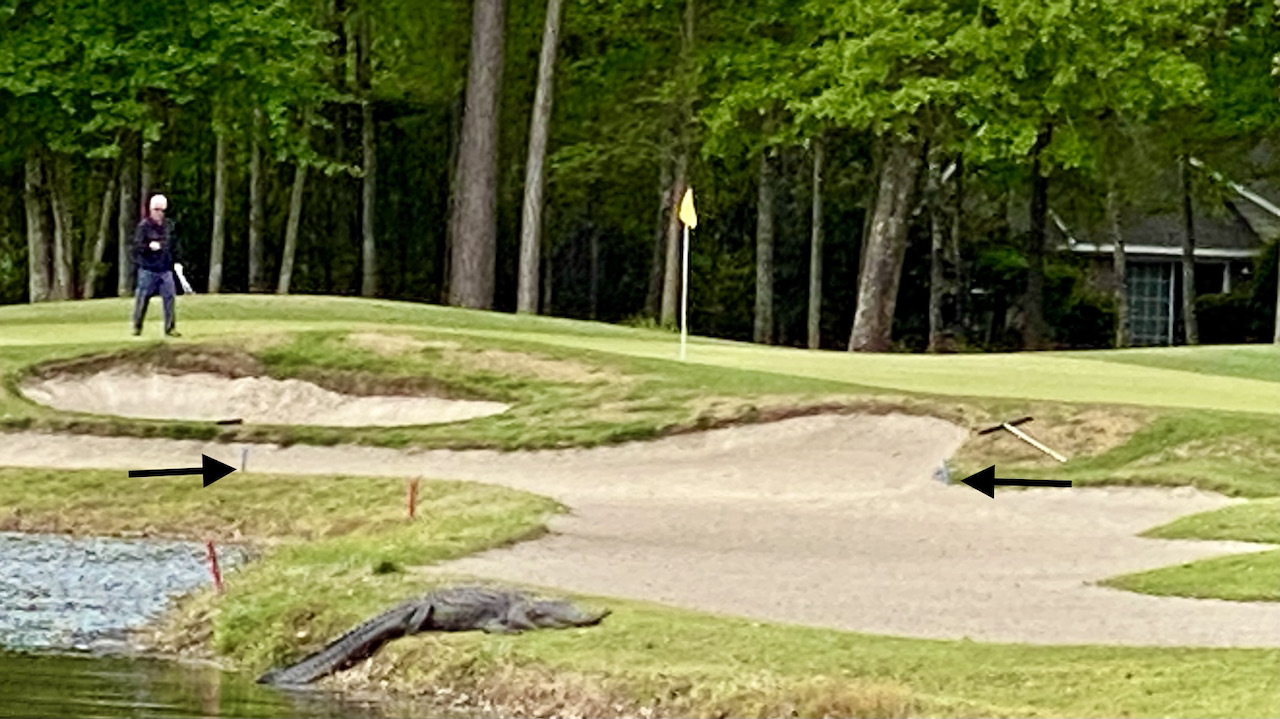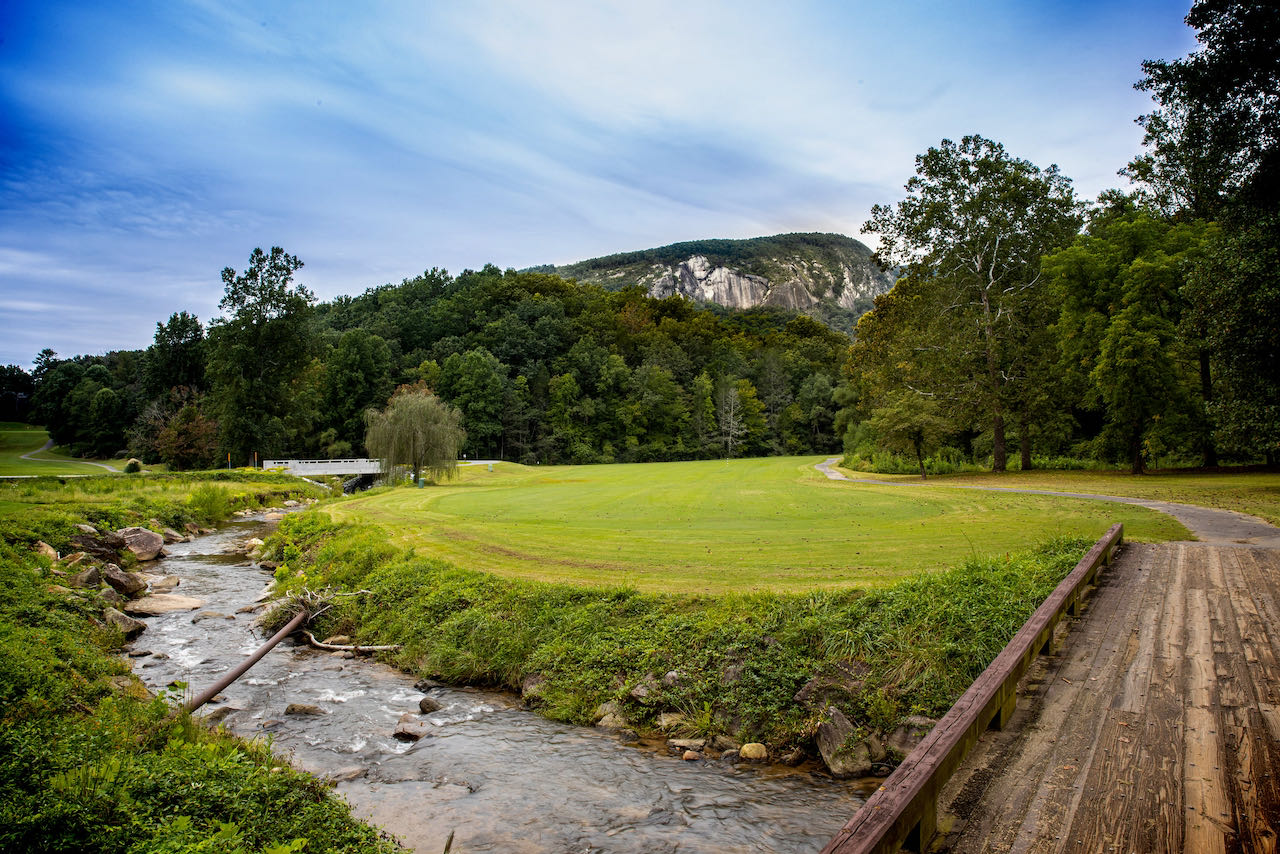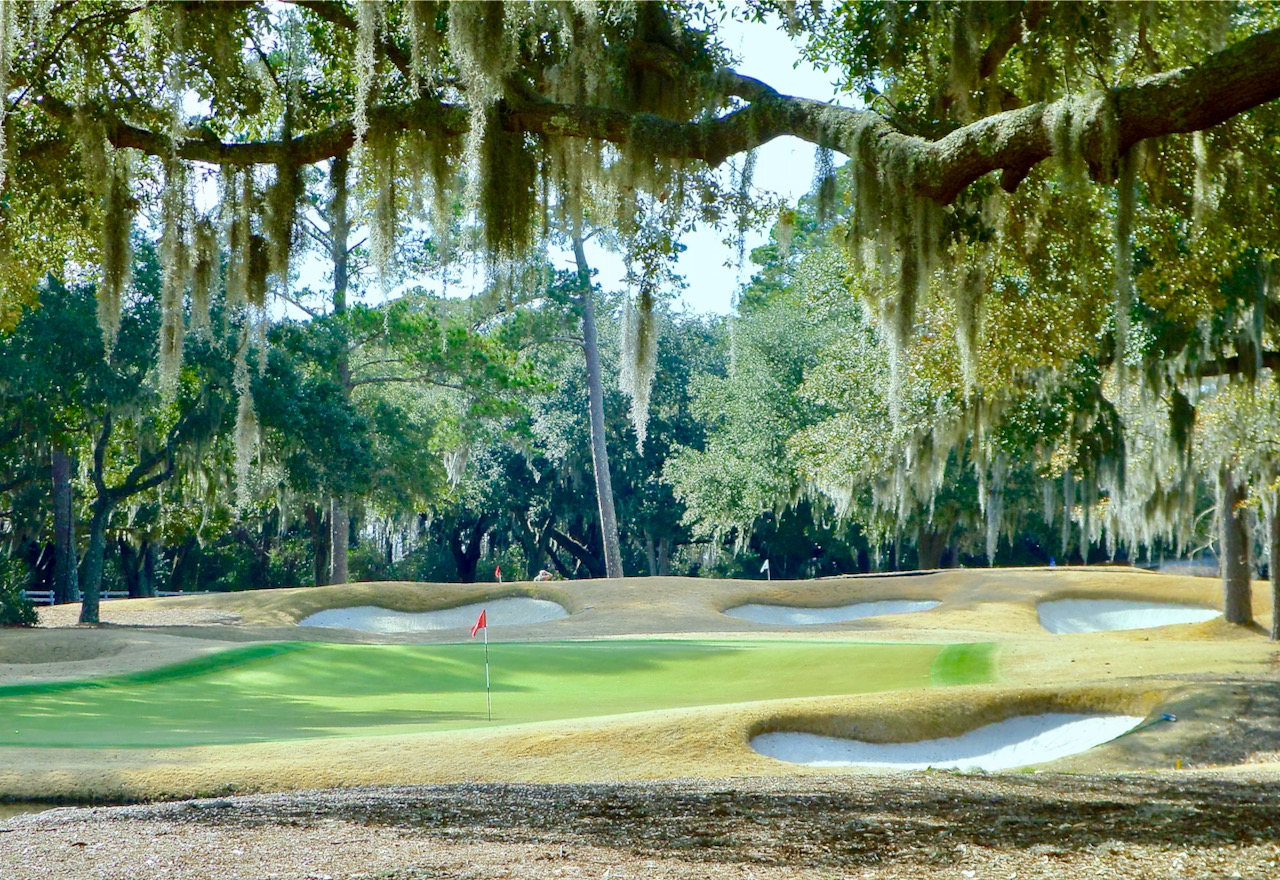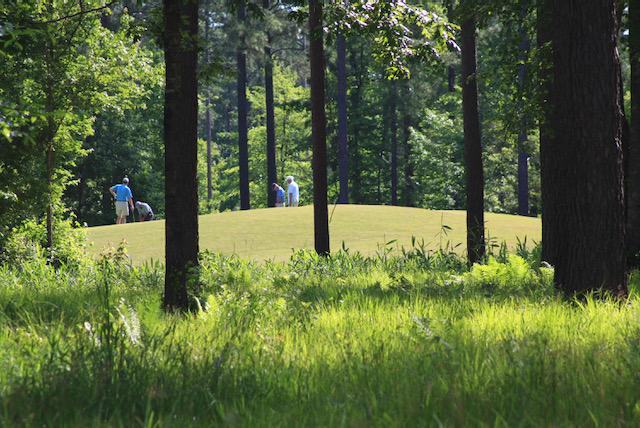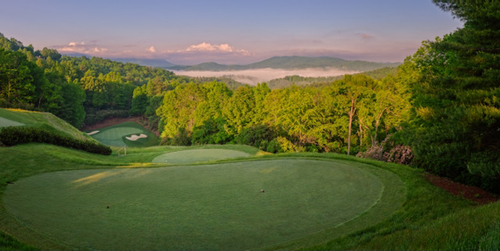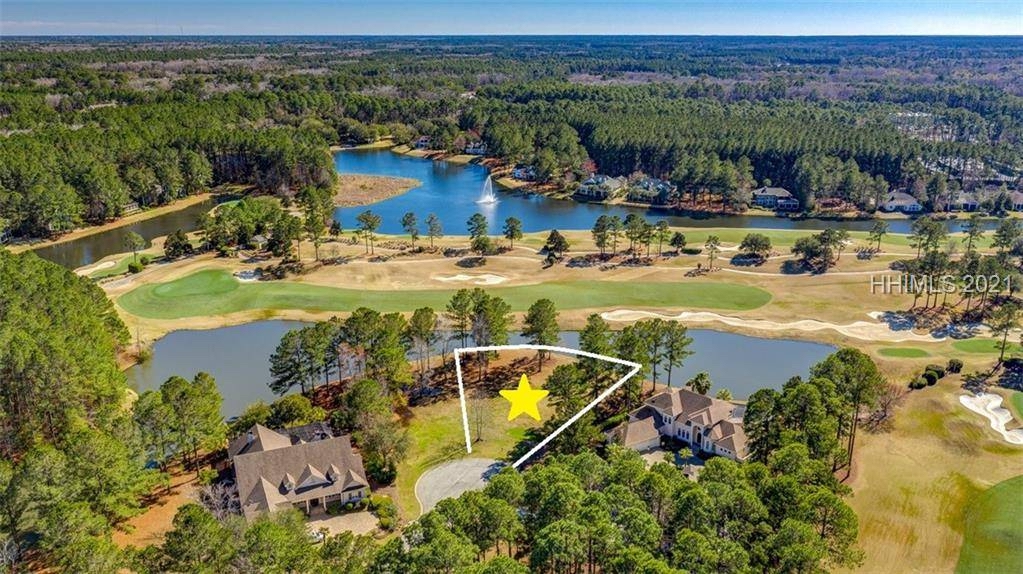The number of golfers fell a modest 3.6% in 2010, from 27.1 million
With golf retail sales up in the first quarter of the year as well as an up-tick in “golf consumer confidence,” according to the NGF, and with a bit of clear-cutting reducing the over-supply of courses, only the strong golf clubs will survive -– as will the game.
Dog Eat Dog? Dominion Club owner and members head to mediation sessions
A bankruptcy judge in Richmond, VA, has ordered that the owner and members of the local Dominion Club settle their differences at formal mediation. In one corner is the golf club owner, local developer HHHunt, which claims it cannot make good on its promise to repay members’ deposits…but which wants to continue to run the club after its Chapter 11 bankruptcy claim is settled. In the other corner are the members of the golf club who are owed the deposits and, with some apparent justification, have lost faith in the developer’s ability to manage the club.At issue is the $1.6 million Hunt owes 100 club members, and another $10 million the developer will owe other members in the coming months and years. It is hard to fathom a middle-ground solution to the dispute, as long as Hunt wants to have its cake -– wipe away the deposit promissory -– and consume it as well -– continue to own and manage the golf club.
A mediator does not have a dog in a fight like this, but the one who has been assigned to this case has some experience related to dog-fighting, albeit indirectly. Frank Santoro presided as the federal judge at Michael Vick’s bankruptcy proceedings in the wake of Vick’s felony conviction related to dog fighting at his Virginia home. We will stay tuned to see if the fur flies at mediation.







